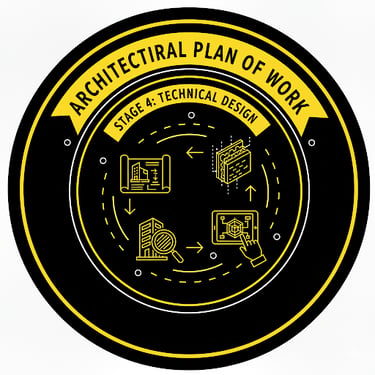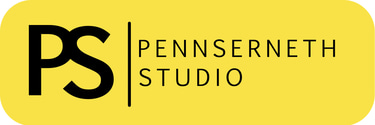The Plan of Work is a framework that outlines the stages of building design and construction. It provides a systematic approach to the design process, helping project teams to navigate the complexities of each stage from conception to completion.
This plan emphasizes collaboration among stakeholders and integrates key project tasks, ensuring a cohesive workflow. It is aimed at improving efficiency, quality, and cost-effectiveness throughout the project lifecycle.
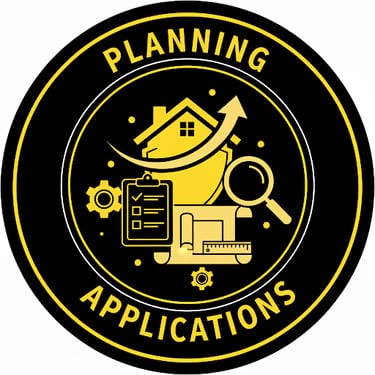

Purpose: Clarify why the project is needed and explore possible options.
Client receives:
Business case / strategic brief – why the project is required, how it supports business goals, and potential site(s).
Option appraisals – high-level feasibility studies (e.g., build new vs refurbish, extend vs relocate).
Budget and funding advice – outline of potential costs and funding routes.
Project programme (high level) – early indication of timescales.
Appointment strategy – advice on which consultants/contractors may be needed later.
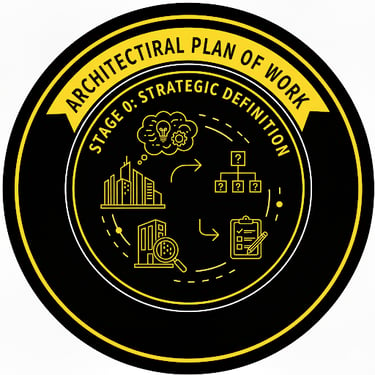

Purpose: Define project requirements in detail.
Client receives:
Project brief – including vision, objectives, sustainability targets, spatial requirements, functional needs, quality aspirations.
Site information – surveys (topographical, environmental, legal constraints, planning policy).
Project budget (refined) – updated estimate aligned to the brief.
Project execution plan (PEP) – roles, responsibilities, communication protocols.
Risk register – initial identification of risks and mitigation.
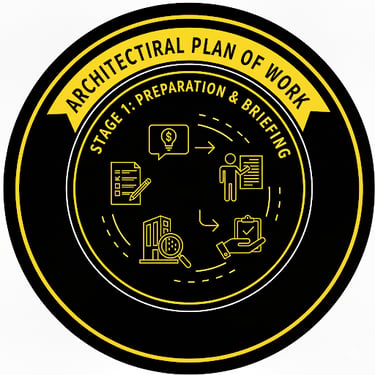

Purpose: Develop early design ideas and establish preferred option.
Client receives:
Concept design drawings – outline plans, elevations, sections, and 3D massing studies.
Design concept report – how the design meets the brief, vision, and sustainability goals.
Outline specification – initial description of proposed materials, systems, and quality standards.
Cost plan (order of cost estimate) – linked to concept design.
Planning strategy – initial engagement with planners, early planning advice.
Programme update – refined timeline
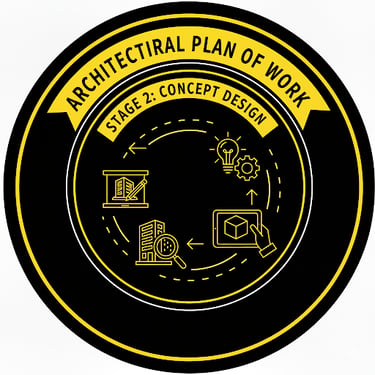

Purpose: Coordinate design across all disciplines before planning submission.
Client receives:
Developed design package – coordinated architectural, structural, and building services drawings/models.
Updated specifications – greater detail on systems and finishes.
Planning application documents – design & access statement, drawings, reports (if needed).
Updated cost plan – more detailed and aligned to design.
Sustainability strategy – developed proposals for energy, carbon, and environmental performance.
Updated risk register and programme
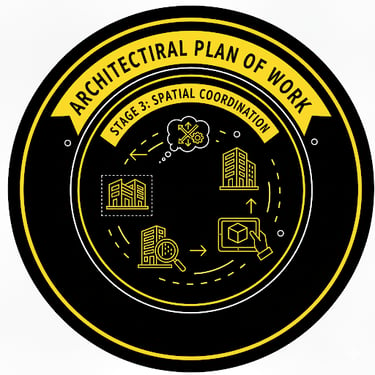

Purpose: Produce all information needed for construction.
Client receives:
Technical drawings and specifications – fully coordinated across disciplines (architectural, structural, MEP, etc.).
Schedules – finishes, fixtures, fittings, equipment.
Design responsibility matrix – clarifying who is responsible for each part.
Construction programme input – detailed phasing and sequencing.
Pre-construction cost plan – detailed cost estimate for tender/contract.
Tender documentation – issued to contractors (if traditional procurement).
